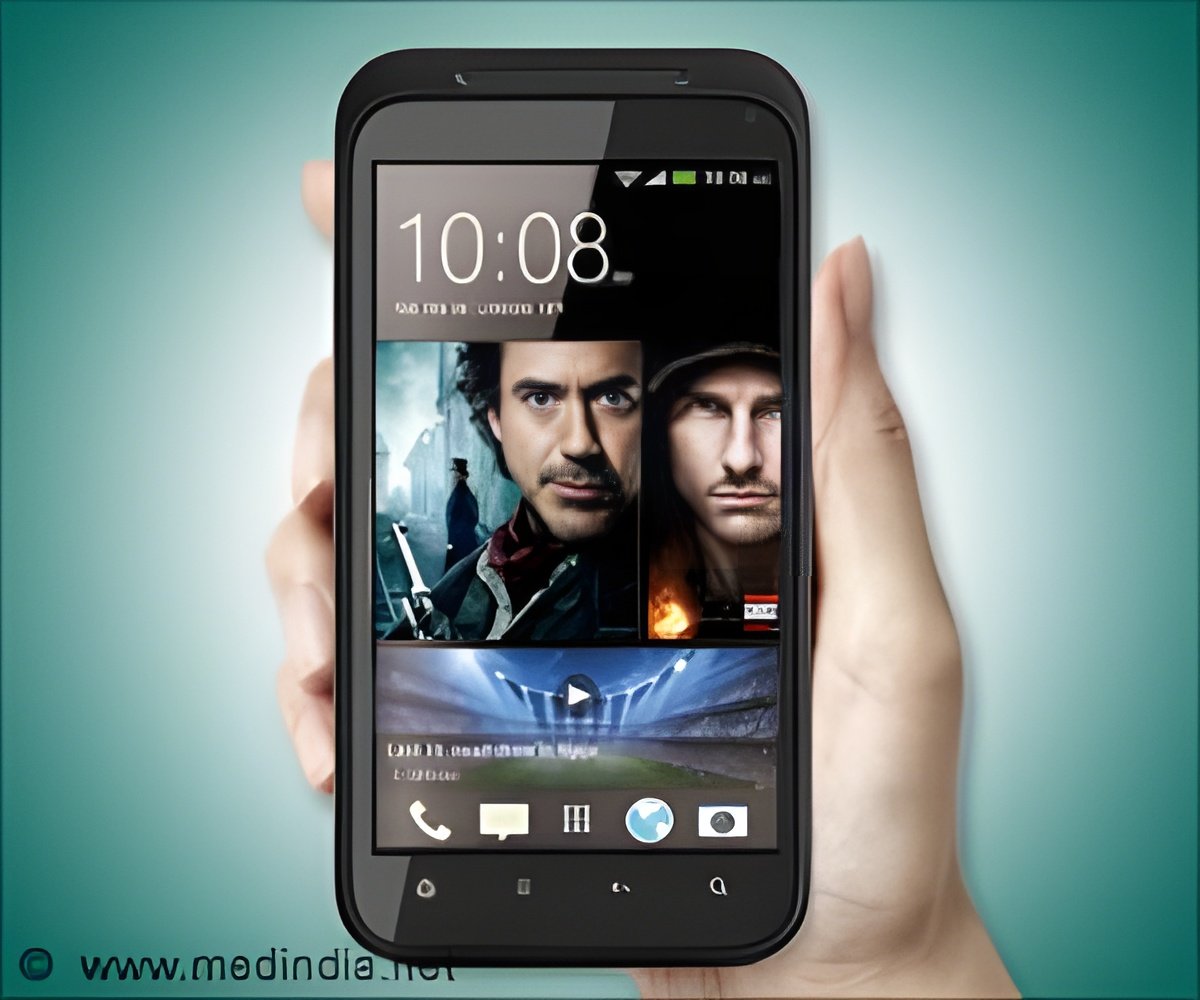
The study findings suggest that public health care services can reach poor urban women through personalized cellphone and internet-based approaches. Bennett said, "Pregnancy and the year after delivery, when women must see a doctor, give us a window of opportunity to lock in lifelong preventive health behaviors for them and their families. But these opportunities are often missed because many women do not return for care or stay engaged with providers. If we could better understand their use of information and communication technology, we could likely design more appropriate, culturally sensitive ways to reach and help them."
First author of the new study Nymisha Chilukuri from Johns Hopkins University School of Medicine said, "Our study highlights the potential for Internet and communication technology where individuals may have multiple ways of reaching out for health information, rather than through a primary care provider alone."
The study is published in the Journal of Internet Medicine Research.
Source-IANS











